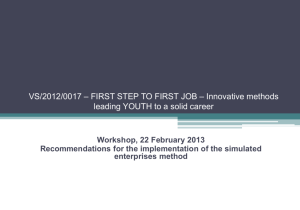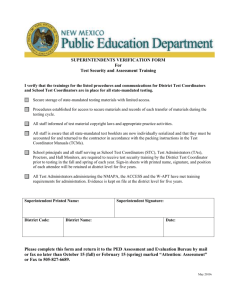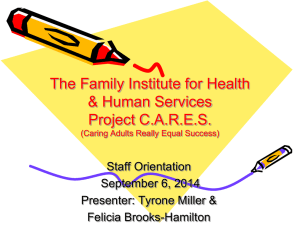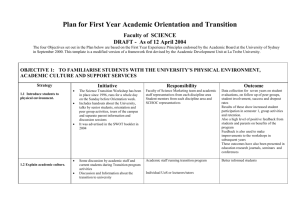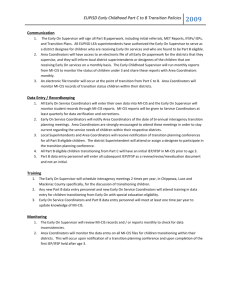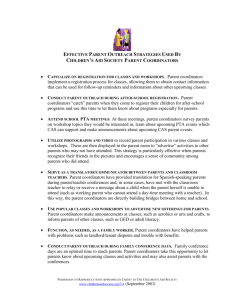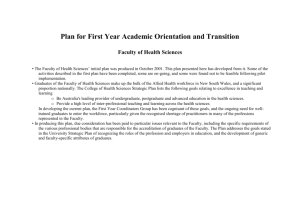FY12 Academic Support FC 632/625 Evaluation Guidelines
advertisement
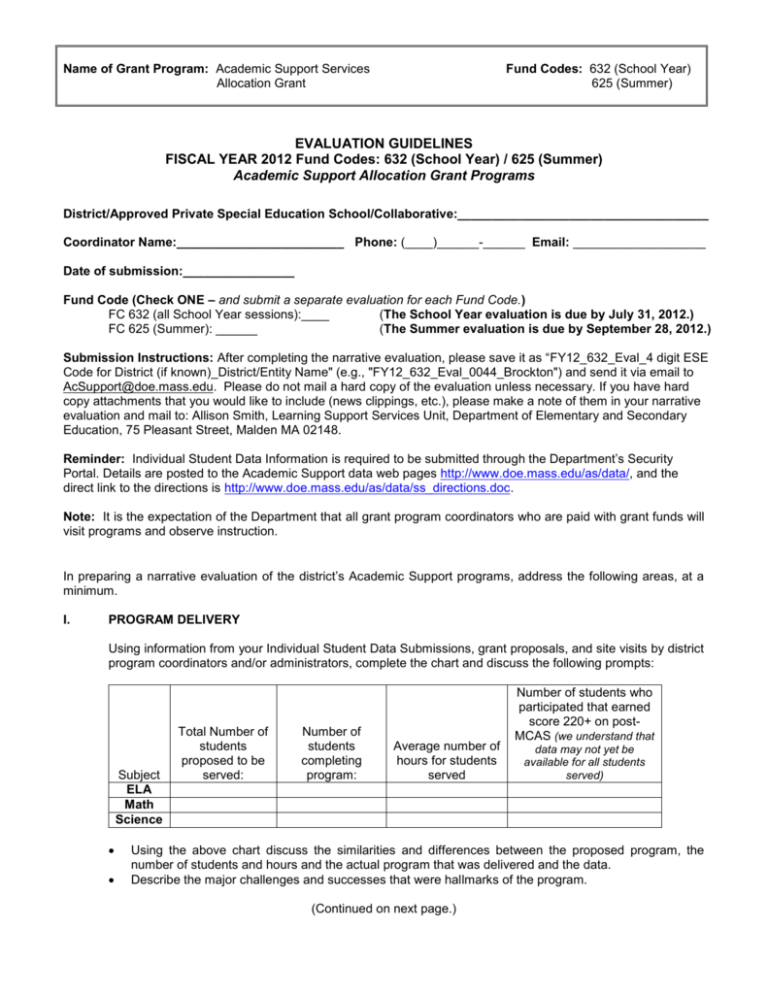
Name of Grant Program: Academic Support Services Allocation Grant Fund Codes: 632 (School Year) 625 (Summer) EVALUATION GUIDELINES FISCAL YEAR 2012 Fund Codes: 632 (School Year) / 625 (Summer) Academic Support Allocation Grant Programs District/Approved Private Special Education School/Collaborative:____________________________________ Coordinator Name:________________________ Phone: (____)______-______ Email: ___________________ Date of submission:________________ Fund Code (Check ONE – and submit a separate evaluation for each Fund Code.) FC 632 (all School Year sessions):____ (The School Year evaluation is due by July 31, 2012.) FC 625 (Summer): ______ (The Summer evaluation is due by September 28, 2012.) Submission Instructions: After completing the narrative evaluation, please save it as “FY12_632_Eval_4 digit ESE Code for District (if known)_District/Entity Name" (e.g., "FY12_632_Eval_0044_Brockton") and send it via email to AcSupport@doe.mass.edu. Please do not mail a hard copy of the evaluation unless necessary. If you have hard copy attachments that you would like to include (news clippings, etc.), please make a note of them in your narrative evaluation and mail to: Allison Smith, Learning Support Services Unit, Department of Elementary and Secondary Education, 75 Pleasant Street, Malden MA 02148. Reminder: Individual Student Data Information is required to be submitted through the Department’s Security Portal. Details are posted to the Academic Support data web pages http://www.doe.mass.edu/as/data/, and the direct link to the directions is http://www.doe.mass.edu/as/data/ss_directions.doc. Note: It is the expectation of the Department that all grant program coordinators who are paid with grant funds will visit programs and observe instruction. In preparing a narrative evaluation of the district’s Academic Support programs, address the following areas, at a minimum. I. PROGRAM DELIVERY Using information from your Individual Student Data Submissions, grant proposals, and site visits by district program coordinators and/or administrators, complete the chart and discuss the following prompts: Subject ELA Math Science Total Number of students proposed to be served: Number of students completing program: Average number of hours for students served Number of students who participated that earned score 220+ on postMCAS (we understand that data may not yet be available for all students served) Using the above chart discuss the similarities and differences between the proposed program, the number of students and hours and the actual program that was delivered and the data. Describe the major challenges and successes that were hallmarks of the program. (Continued on next page.) Name of Grant Program: Academic Support Services Allocation Grants II. Fund Codes: 632 (School Year) 625 (Summer) Which services and/or strategies (if any) had outcomes that demonstrate the effectiveness of the program? For which specific grade level(s) were these services/strategies implemented? Are they transferable to other grades? Discuss to what degree the instructional strategies used were successful for specific subgroups of students. Were there any differences in this year’s program as compared to previous ones? PARTNERSHIPS/COLLABORATION A. Describe any partnerships or collaboration with other programs, resources, and personnel in the district or community. (This may include, but not be limited to, Community Service Learning Coordinators, Homeless Liaisons, Alternative Education Program Coordinators, Community Colleges, Work & Learning Coordinators, Safe and Supportive Learning Environments Grant Program Coordinators, 21st Century Community Learning Centers Program Coordinators, Workforce Investment Boards, Regional Employment Boards, and local Community Based Organizations.) B. Note the benefit of any/all of these efforts (for example on recruitment, referrals, addressing barriers to learning such as physical or mental health issues, housing needs, additional supports, engaging activities, etc.). C. Discuss any challenges encountered in developing collaborative efforts with the entities listed (for example, coordinator not located in district, program previously but not currently funded, etc.). III. FEEDBACK FROM STAFF, PARENTS, AND STUDENTS IV. SUMMARY V. How was feedback from staff, parents, and students collected, and what did the feedback indicate about the degree to which the program was effective in meeting its goals? Describe methods of communication with students, parents, and classroom teachers about student progress towards filling the identified knowledge gaps. Program Strengths Program Weaknesses Program Sharing - Please include either samples of promising practices, web resources, etc. that were helpful and may benefit other districts. Lessons Learned - Provide information regarding the impact of Academic Support funding on the academic achievement of students. Discuss materials used; staff, student, and parent outreach; and program organization in light of the information gleaned from the data. ADDITIONAL THOUGHTS (optional) Recommendations for the Future - What would be helpful to change and what would you keep the same in a future program? Which program components, if any, does the school/district plan to institutionalize as part of the regular school day? Anecdote – Please provide a short anecdote(s) and/or any other contextual information that demonstrates the success of the program. Suggestions/Comments for the Department – Please feel free to provide suggestions/comments for the Department regarding Department policy, the application process, technical assistance provided, workshops offered, presentations, or information that would be helpful for future conferences, etc.



